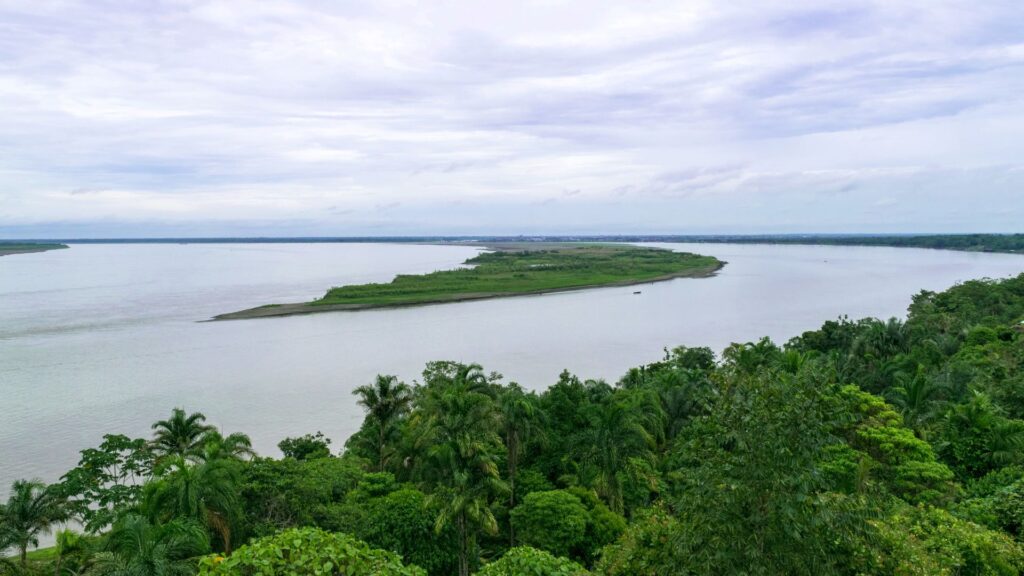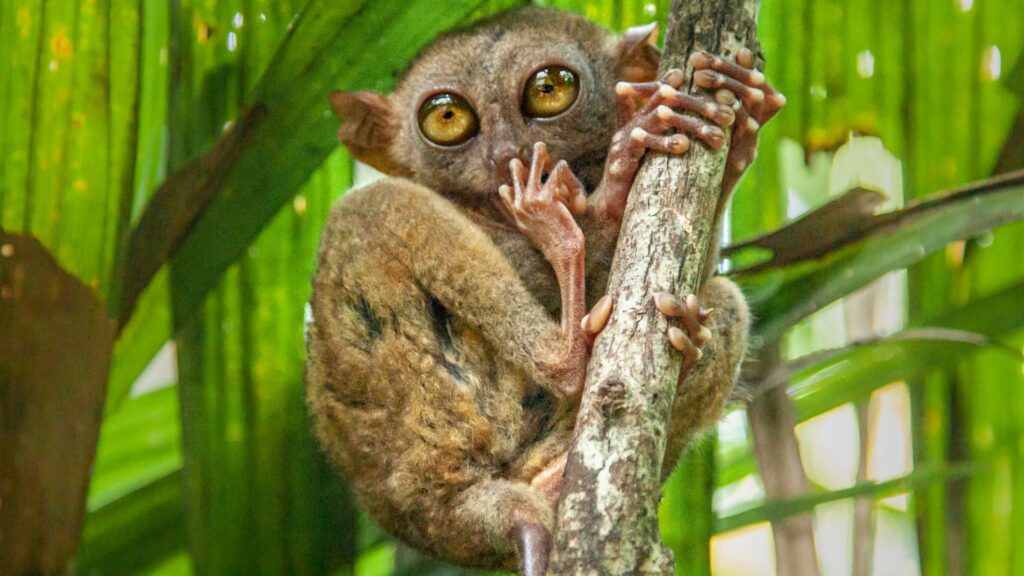Why Planting Native Trees is Essential for Ecosystem Restoration 🌱
Discover why planting native trees is crucial for ecosystem restoration. Learn how Forest Friends is reviving forests in Costa Rica, Peru, the Pantanal, and the Andean Cloud Forests with sustainable reforestation efforts. 🌍🌱 The Importance of Native Trees for Reforestation Reforestation is a powerful tool in the fight against deforestation, biodiversity loss, and climate change. But not all trees contribute equally to ecological restoration. Planting native tree species ensures a thriving, self-sustaining ecosystem that benefits wildlife, soil health, and local communities. 🌿 According to the U.S. Department of Agriculture, native plants conserve water, prevent soil erosion, and support pollinators and wildlife. Unlike non-native species, they have evolved to thrive in local conditions, making them the best choice for sustainable forestry and carbon sequestration. Top Benefits of Planting Native Trees 🌱 Restoring Biodiversity Native trees provide food and shelter for birds, pollinators, and mammals. The West Indian Locust (Hymenaea courbaril), planted through Forest Friends, is a key species supporting Amazonian wildlife while benefiting communities with its medicinal properties. 🌍 Carbon Sequestration & Climate Action Forests act as natural carbon sinks, absorbing CO₂ and stabilizing temperatures. The Big Leaf Mahogany (Swietenia macrophylla) is a high-carbon capture species that helps combat climate change while restoring degraded land. 🌿 Ecologist E.O. Wilson emphasized the importance of restoration, stating, “There can be no purpose more enspiriting than to begin the age of restoration, reweaving the wondrous diversity of life that still surrounds us.” 💧 Soil and Water Conservation Deforestation depletes soil nutrients and disrupts water cycles. Wild Cashew (Anacardium excelsum) and Inga Bean (Inga marginata) enrich degraded soils, prevent erosion, and improve groundwater retention. 🏡 Empowering Local Communities Reforestation also means economic and social benefits. In Madre de Dios, Peru, Forest Friends is planting native trees that provide sustainable livelihoods for local farmers while protecting one of the world’s most biodiverse ecosystems. Forest Friends’ Global Reforestation Hotspots ✅ Osa Peninsula, Costa Rica – Restoring tropical broadleaf forests and promoting sustainable tourism.✅ Madre de Dios, Peru – Supporting local communities and Amazon reforestation.✅ Andean Cloud Forests – Protecting high-altitude ecosystems and critical water sources.✅ Pantanal Wetlands, Brazil – Planting native trees like Copaiba (Copaifera langsdorffii) and Ipê (Handroanthus spp.) to restore one of the world’s most important wetlands. Inkaterra Association Is a non-profit organization, and a Forest Friends planting partner, committed to generating an added value on biodiversity through research, conservation, outreach, and environmental education, for the benefit of the environment, local communities, and future generations.” Saimiri Foundation Is a Forest Friends planting partner and non-profit organization dedicated to the rescue, preservation, and protection of the natural resources of Costa Rica, specifically non-human primates and those located in the Osa Peninsula, from environmental and anthropogenic threats. Chaparrí Ecological Reserve Huerta de Chaparrí, located within the Chaparrí Ecological Reserve in Peru, is a Forest Friends planting partner dedicated to conservation and ecological restoration. Nestled in a sanctuary for unique wildlife, including the Andean spectacled bear and the endangered white-winged guan, the reserve combines biodiversity preservation with sustainable tourism. Flora Pantanal Flora Pantanal is a Forest Friends planting partner dedicated to ecological restoration and sustainable environmental solutions in Brazil. Based in Campo Grande, within the rich biomes of the Pantanal and Cerrado, Flora Pantanal specializes in the production of native seedlings and large-scale reforestation projects. Their work focuses on restoring ecosystems, preserving biodiversity, and implementing climate-smart technologies to combat environmental challenges. Cultiva Cultiva is a sustainability-focused organization based in Rio de Janeiro, Brazil. A proud Forest Friends planting partner, Cultiva specializes in transforming neglected urban areas into thriving green spaces through agroforestry, environmental education, and community engagement. Their mission is to reconnect urban populations with nature while promoting biodiversity and sustainable living practices. By supporting Cultiva, you contribute to impactful reforestation and regeneration projects that enhance ecosystems and empower local communities in Brazil. The Problem with Non-Native Tree Planting Many tree-planting projects prioritize fast-growing species over ecosystem health. However, commercial trees like eucalyptus and acacia deplete soil nutrients, consume excessive water, and disrupt local biodiversity. 🌿 The National Wildlife Federation recommends that at least 70% of planted species be native to maximize biodiversity benefits. By choosing native trees, we ensure long-term sustainability. How You Can Help Restore Forests ✅ Plant Native Trees – Buy trees from Forest Friends’ Tree Store to contribute to sustainable reforestation.✅ Support Reforestation Projects – Donate or volunteer to help plant trees in critical ecosystems.✅ Raise Awareness – Share knowledge about nature-based solutions for climate action. Be Part of the Global Reforestation Movement! 🌱🌍 Planting trees isn’t just about numbers—it’s about choosing the right species in the right locations. At Forest Friends, we focus on eco-friendly reforestation that benefits people and the planet. 🌿 Join the movement! Visit the Forest Friends Shop and plant a native tree today. Why Protecting Cloud Forests and Other Ecosystems Matters Cloud forests and other vital habitats, like Tambopata, are not just treasures for those who visit—they are lifelines for the planet. Protecting these ecosystems ensures the survival of countless species, sustains freshwater supplies for millions of people, and helps combat climate change. Ecotourism can strike a delicate balance between human interaction and preservation, fostering appreciation and resources for conservation. By visiting responsibly, travelers contribute to a global effort to protect these irreplaceable environments. Whether it’s walking amidst ancient trees shrouded in mist or cruising along the Amazonian waterways, the experience is a humbling reminder of the planet’s wonders—and our role in safeguarding them. So, pack your hiking boots, your curiosity, and your commitment to sustainability, and let the magic of cloud forests and the Tambopata rainforest transform the way you see the natural world. With partners like Tulu Travel, Swetours, and CEPA, your journey will not only inspire but also contribute to the preservation of our planet’s most extraordinary places.
Why Planting Native Trees is Essential for Ecosystem Restoration 🌱 Read More »


